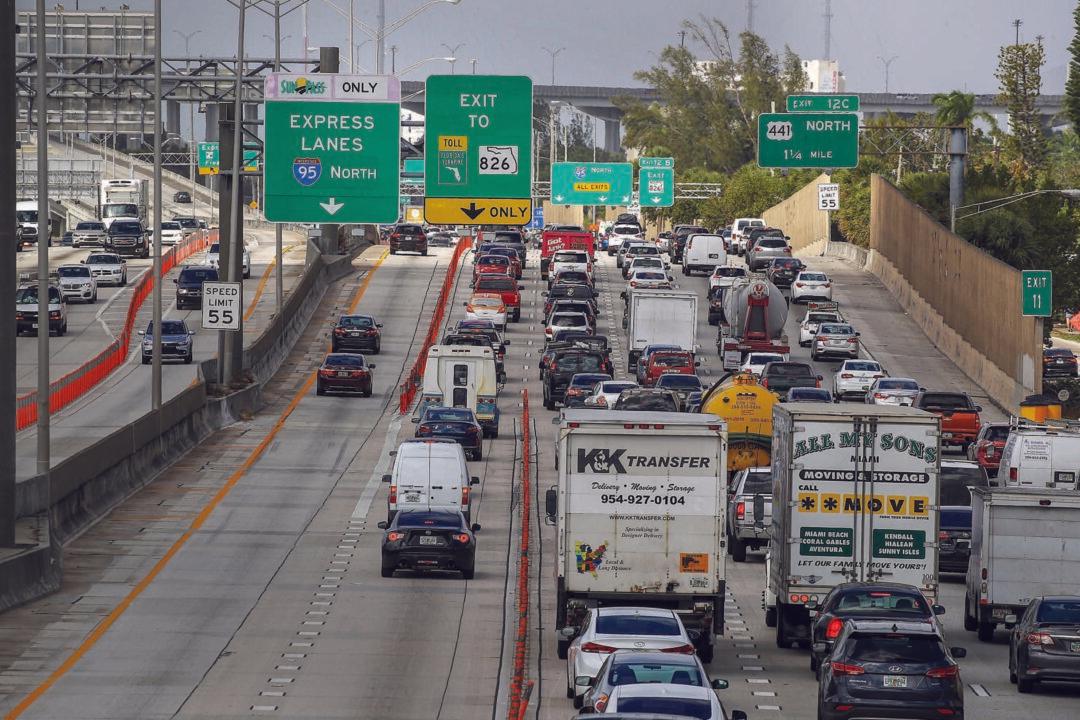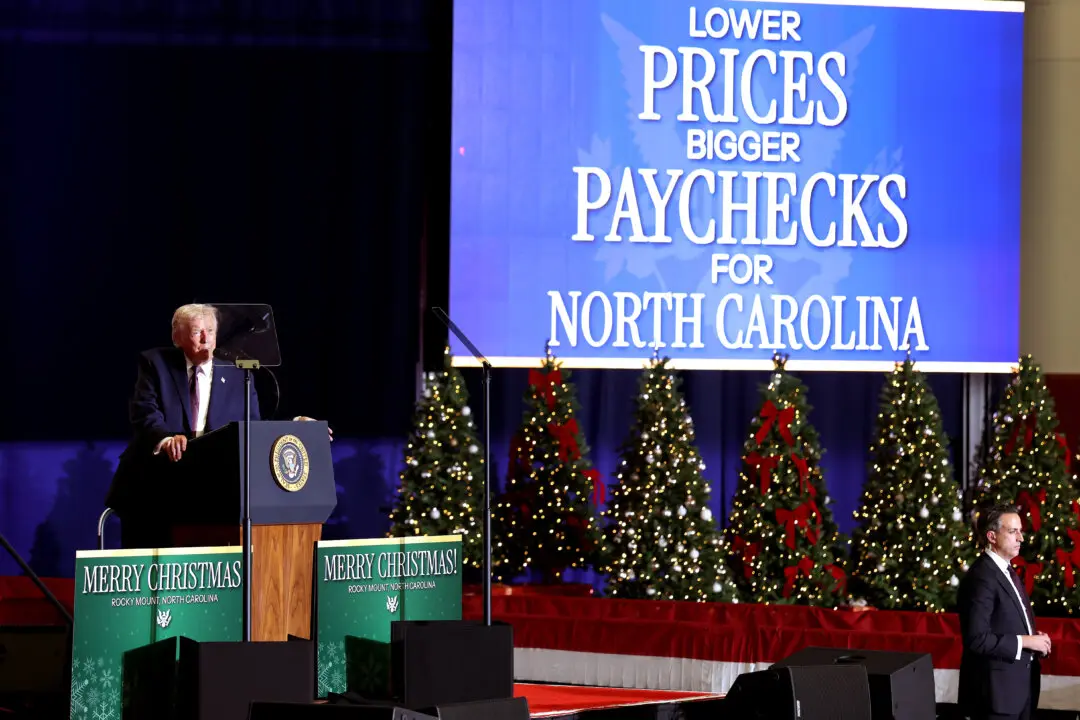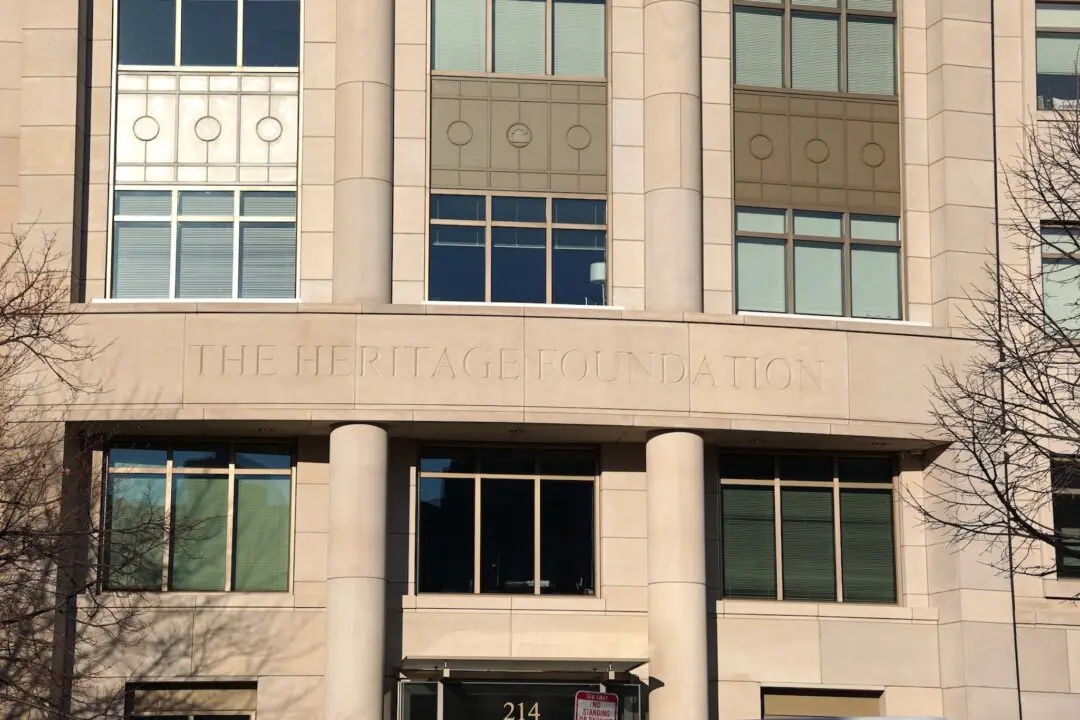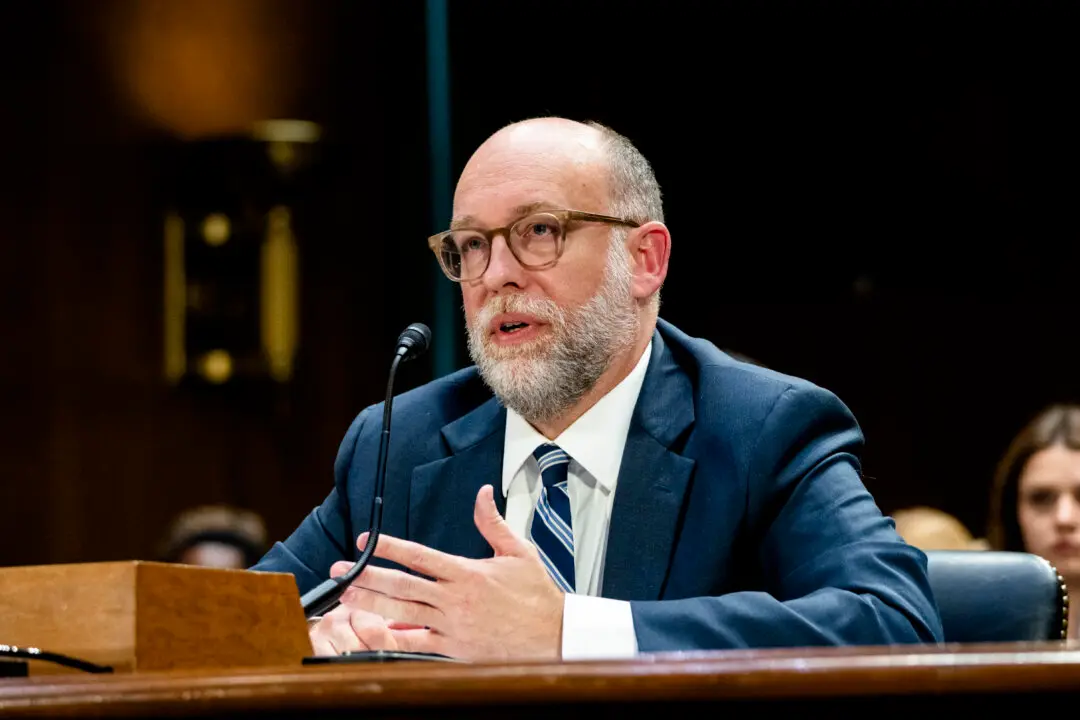WASHINGTON—President Donald Trump rolled out his legislative goals to modernize America’s infrastructure. The plan aims to fix two main problems that plague the country—underinvestment and permit delays.
A large part of the problem, according to the Trump administration, is that the federal government’s rules and regulations get in the way of infrastructure investments.





